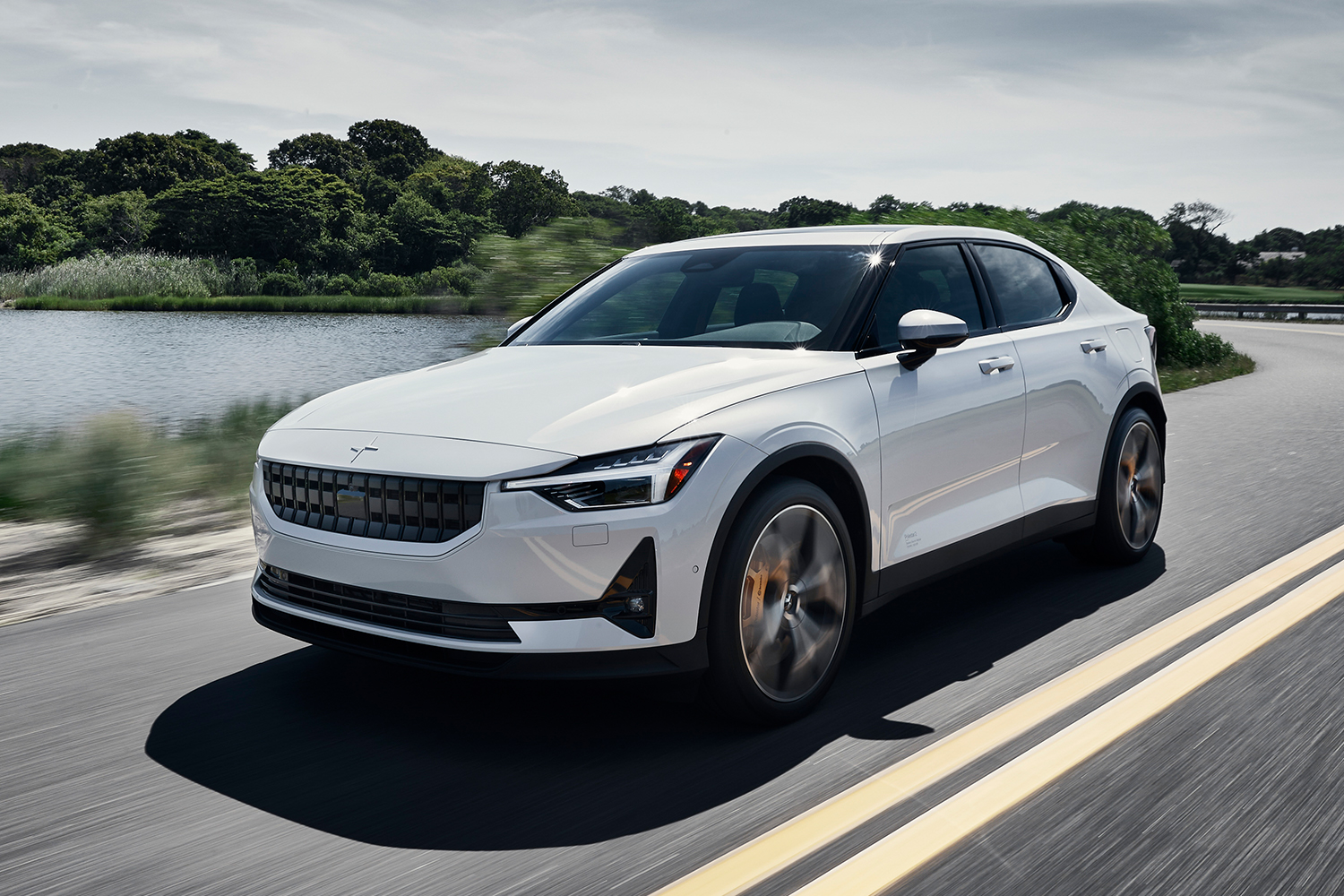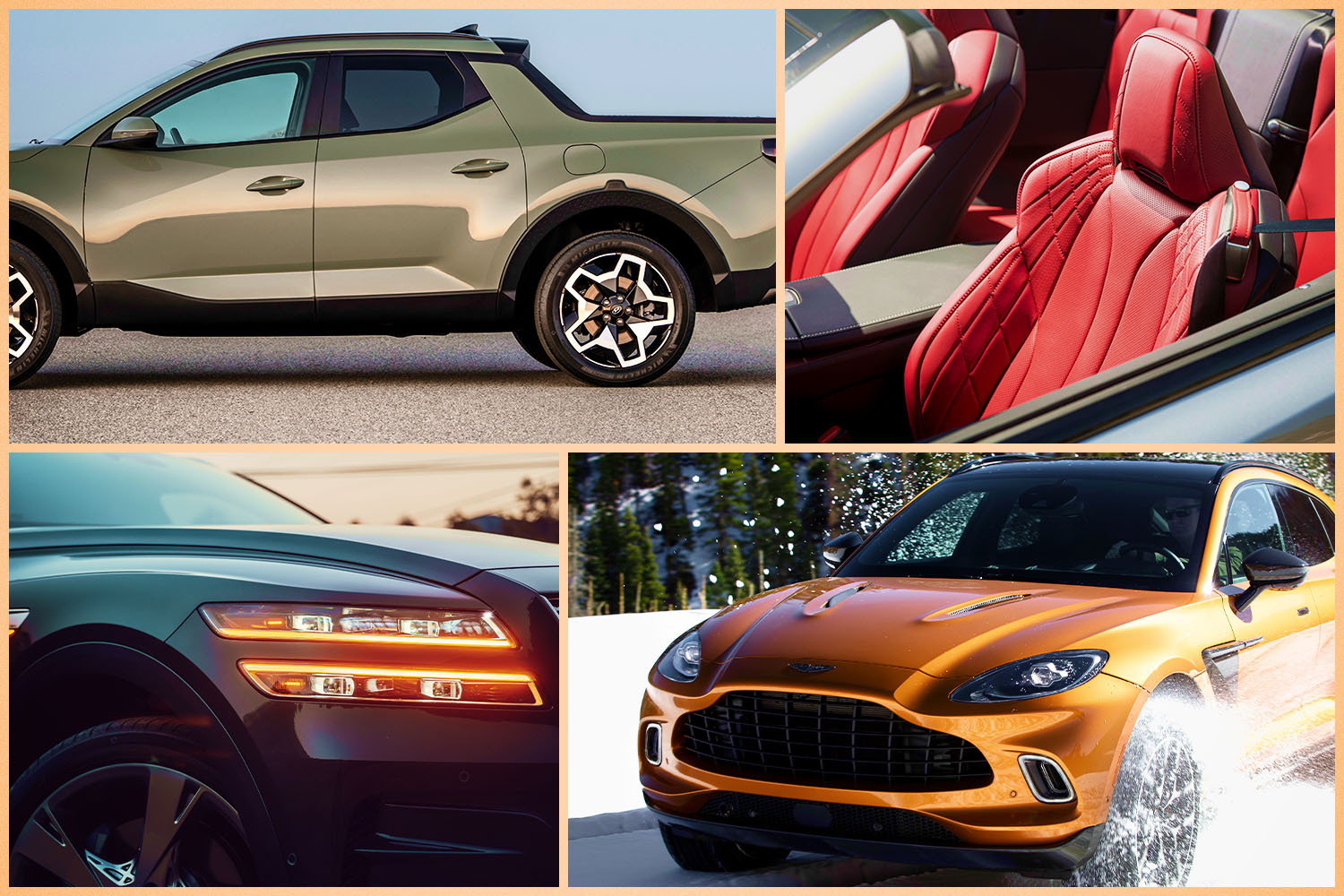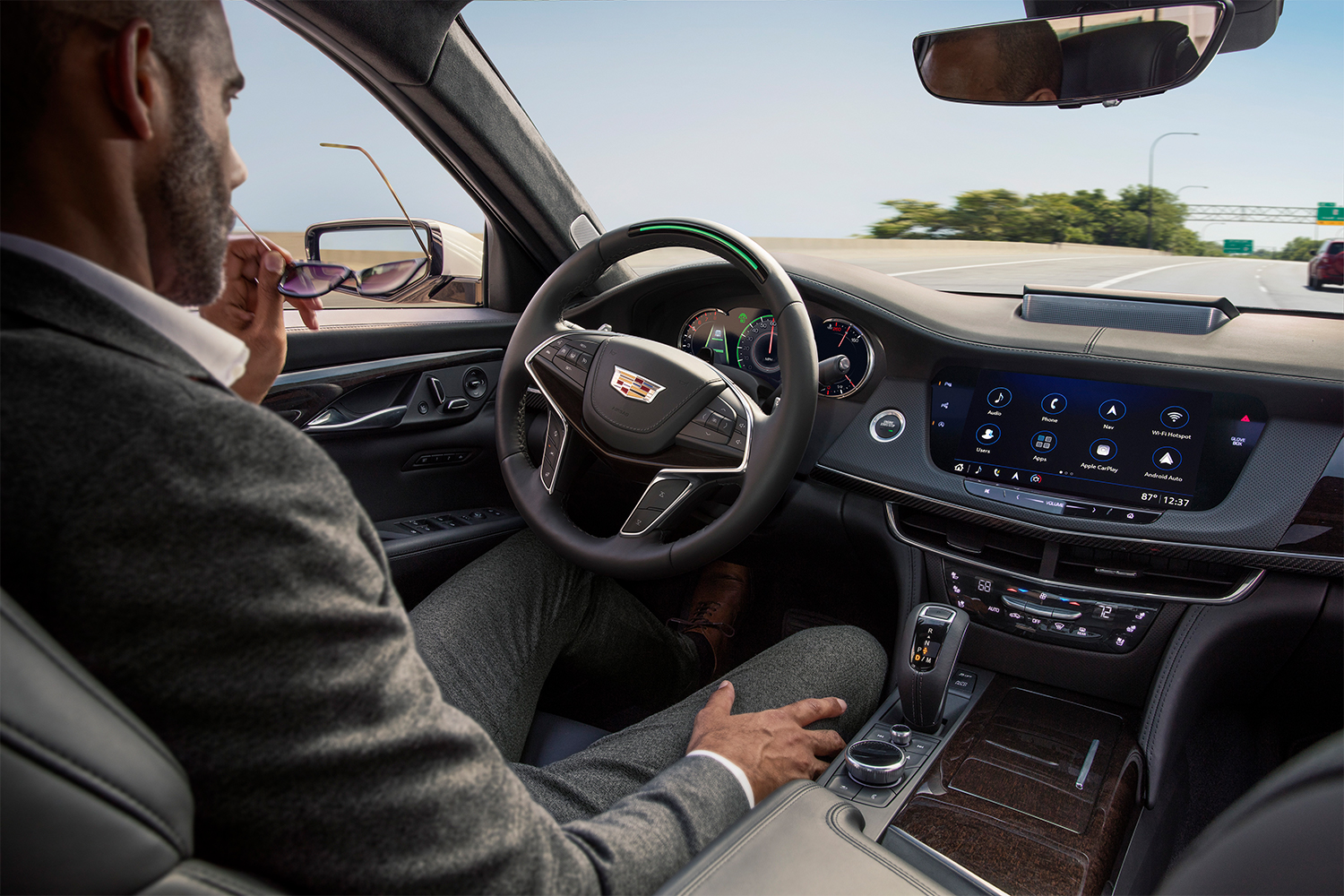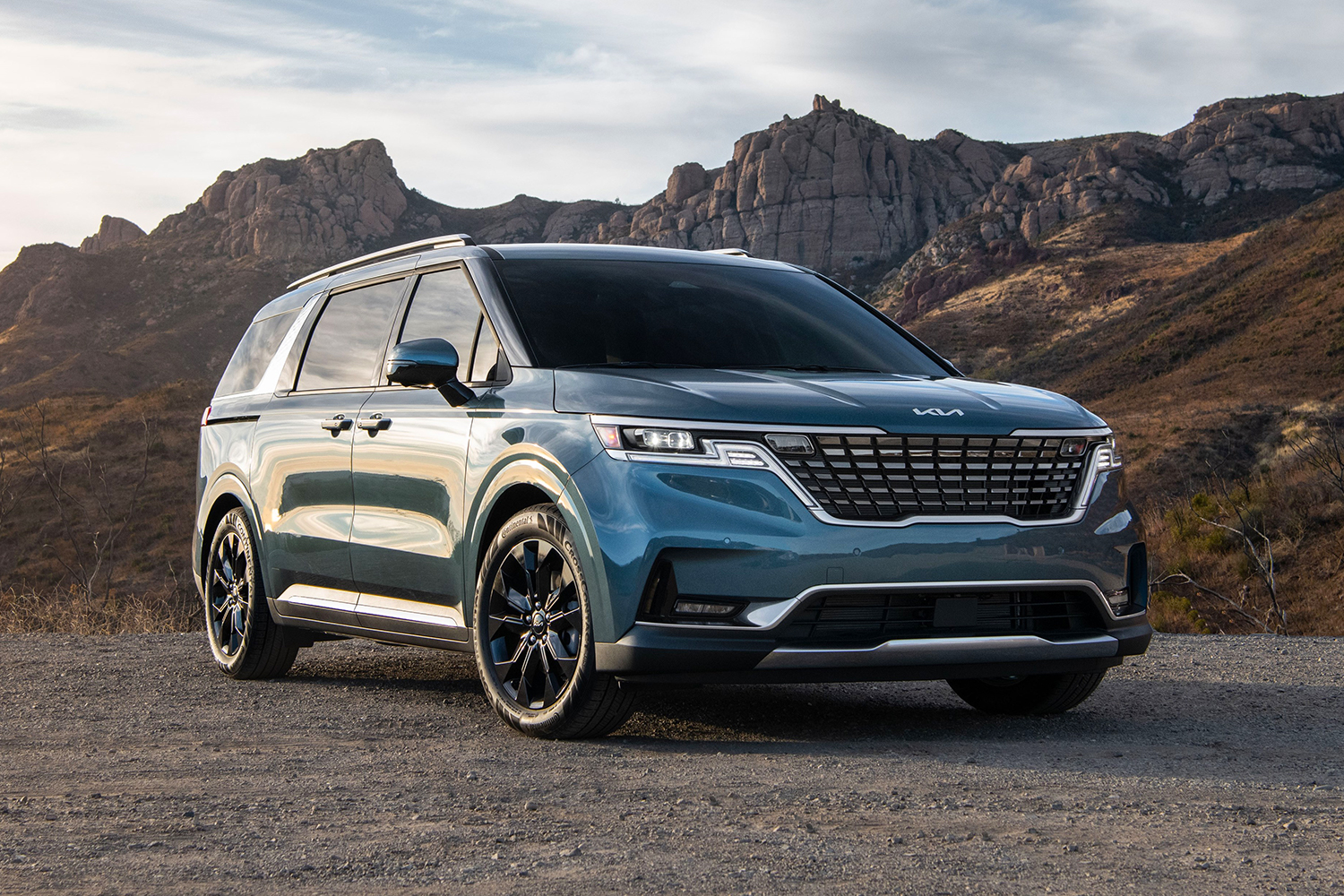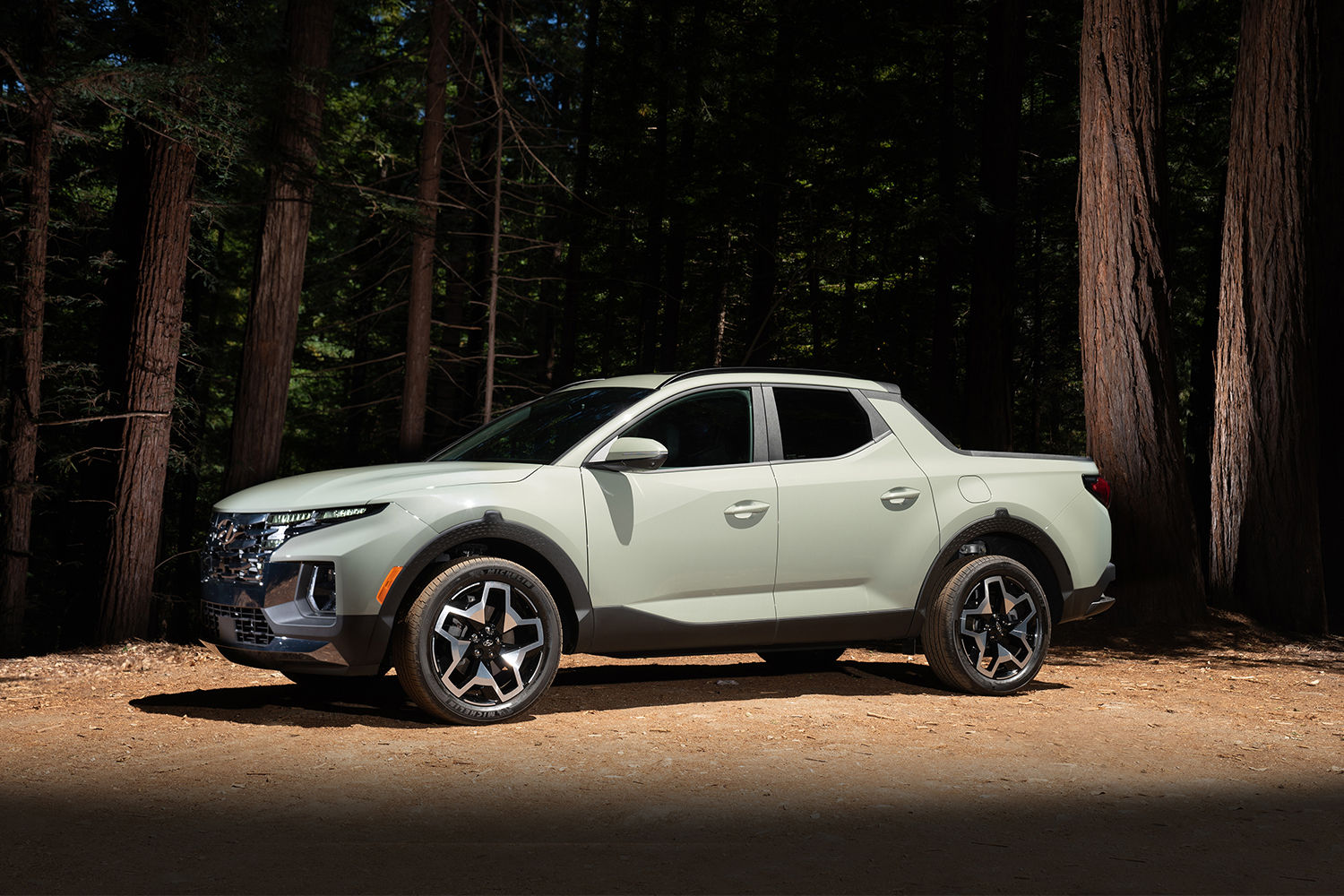Semi-autonomous driving features — that is to say, electronic safety systems that can help drivers steer, brake and cruise — are front and center in the luxury segment as brands do their best to differentiate their tech-laden offerings from those of the competition. Both the software and hardware powering these various digital assistants have rapidly progressed over the past several years, with badges jockeying for position in the minds of prospective buyers intrigued by the idea of having to do a little less work on the highway.
Volvo has long positioned itself as a safety-first automaker, and while that appellation might have faded somewhat as rivals both premium and otherwise have largely matched its various protective features, its latest models still strive to be taken seriously as leaders in the field of limited self-driving.
With this in mind, I recently pointed a 2022 Volvo V90 Cross Country at the horizon with its semi-autonomous Pilot Assist feature engaged for a solid 800 miles of highway driving. Eager to understand the state of the Swedish art, I subjected the company’s latest and largest wagon-on-stilts to winter road conditions that included freezing temperatures and slush-slicked asphalt, in addition to clear pavement under warmer skies.
At the outset of my experiment, I was optimistic about the benefits of a more relaxed long-distance trip. An electronic hand on the tiller seemed to promise reduced fatigue and certainly less mental strain at the end of my journey. By the end of our time together, however, I discovered that even advanced semi-autonomous systems are still struggling to actually improve the experience behind the wheel.
Radar, Cameras, Action!
How does Volvo Pilot Assist work? With a camera mounted high on the windshield and a radar emitter embedded in the grille badge in the V90 Cross Country I drove, the system is able to judge the distance between the wagon and the vehicle ahead while also keeping an eye on lane markings. It then adjusts both steering inputs and acceleration/deceleration to keep the Cross Country in its lane and at a safe distance from nearby traffic.
It’s important to understand that as a Level 2 system (as defined by the SAE), Pilot Assist still requires a hand on the wheel in order to operate. It’s helpful to think of it as adaptive cruise control-plus. While it might take over the basics of centering the Volvo and preventing it from straying onto the shoulder, it won’t remain activated if the driver keeps their hands in their lap.
As I soon discovered, there were numerous other on-road situations that impacted Pilot Assist’s ability to, well, assist. In fact, the owner’s manual provides a litany of exceptions and exclusions to the feature’s capabilities almost as long as the list of side effects on any late-night prescription drug commercial. Some of the system’s limitations are quite logical — one can’t expect a Volvo to abide by lane markings that are missing, incomplete or otherwise obscured by rain or snow — but others are a little less obvious. It turns out the presence of shadows, curbs, roadside barriers or even details like the roadway going from two lanes to three or the lane itself being narrow can trip up the vehicle’s ability to steer safely, not to mention the warning that numerous obstacles (including animals and construction pylons) might not be detected at all.

Inconsistent and Jittery
In practice, Pilot Assist’s operation was more precarious than I expected.
I left home under a light snow squall that eventually gave way to roads that had been cleared but still sported a strip of snow down the middle of each lane track (and, of course, on either side). Engaging the Volvo’s adaptive cruise control and lane centering feature under these conditions resulted in the steering making near-constant nervous adjustments, alternately sucking the car too close to heavy trucks on the inside while passing, and pushing the vehicle towards the snowbanks on the outside.
The end result was the opposite of what I had expected; instead of shifting some of the cognitive burden of the drive onto its digital shoulders, I was forced to devote a fair amount of attention to correcting Pilot Assist. Beyond that, I was also required to remain vigilant as to whether the system was actually functioning or not.
The Pilot Assist icon shares space with the adaptive cruise control display at the bottom of the gauge cluster, turning yellow when in operation and grey when it taps out due to difficult conditions, or not being able to locate lane markings. Unfortunately, if I wasn’t looking directly at this small, quarter-sized sliver of the cluster when that color shift occurred, I received no warning at all that the steering was suddenly exclusively in my hands.
In fact, Pilot Assist regularly phased in and out of operation, often alerting me to its return only when the wheel suddenly tugged against my inputs. Once or twice I heard a chime associated with the change in status, but the primary indicator was small and visual. Needless to say, it’s problematic at best for a driving assistance feature to disconnect in such a stealthy fashion.

Sensor Obscura
Midway through the first half of my drive, Pilot Assist’s vagaries became a moot point. Although no snow or sleet was falling from the sky, a layer of damp, grimy road salt had formed on the pavement, which after the course of a hundred miles or so had been kicked up to cake the entire front end of the V90 with a brownish mascara. This was sufficient to block the radar sensor and deactivate Pilot Assist entirely. Even worse? In the absence of its radar, the Volvo’s cruise control system was also disabled, with no traditional cruise available outside of its adaptive feature.
I stopped to clean the front of the car off at a roadside service center, only for the entire process to repeat within another 30 minutes of driving. This frustrating back-and-forth between the elements and Pilot Assist continued for the duration of my journey. I also experienced the same problem with the 360-degree parking camera system and bumper-mounted sensors, which slammed the brakes on several times in parking lots, convinced I was about to reverse into a non-existent obstacle before I wiped them down by hand.
Sunny Skies, Similar Sighs
I know what you’re thinking: sure, the Volvo V90 Cross Country’s semi-autonomous gear might have failed the foul-weather stress test, but how did it perform when conditions were more favorable? The return leg provided roads that were completely dry and weather that was sunny enough to raise temperatures above freezing, and I was eager to compare the two experiences.
Surprisingly, the twitchy character of Pilot Assist didn’t disappear in the absence of meteorological challengers. The V90’s steering wheel continued to dart back and forth like a fidget spinner in my hands, even on clean roads with excellent visibility. Occasionally the vehicle pinballed from one side of the lane to the other (sometimes alarmingly close to traffic), and more than once Pilot Assist shut down entirely for reasons I couldn’t determine. After two hours of frustration, I disabled the steering assist by way of the vehicle’s infotainment system (a move that requires two levels of menu choices to execute), and stuck with adaptive cruise control for the remainder of the drive.

Still Not Ready After So Many Years
Pilot Assist is not a new technology, having appeared on Volvo vehicles since the 2016 model year, which makes its flaws difficult to digest.
It seems obvious that a grille-mounted radar emitter should be self-cleaning — after all, we have windshield wipers and headlight washers to deal with exactly the same type of issues — and that this fact was missed by a Scandinavian brand makes its inability to deal with even basic Nordic conditions puzzling at best.
Even more important, however, is the requirement for clear communication between driver and vehicle as to the status of any automated technology, no matter how low on the SAE scale. Cadillac, for example, uses enormous lights embedded into the steering wheel that give very clear color-coded signals related to the operation of its Super Cruise feature. Volvo’s blink-and-you’ll-miss-it icon is an order of magnitude less obvious, especially if your attention is focused on the road ahead.
I was hopeful that Volvo’s Pilot Assist would ease the mental load of a long trip in an otherwise excellent automobile like the V90 Cross Country. Instead, I found myself alternately fighting against the system’s ill-advised steering inputs or forced to remain on-guard to determine whether it was operational or not, when it wasn’t deactivating due to something as basic as a sensor obscured by road grime.
All of the asterisks associated with Pilot Assist’s real-world performance are yet another indication of how dubious the benefits of Level 2 driver-assistance systems truly are. From my experience, it appears far more risky to rely on a feature that only operates safely within a very narrow range of conditions than to simply drive the car without the distraction of constant course corrections and wondering whether the ones and zeros are actually paying attention.
This article was featured in the InsideHook newsletter. Sign up now.

